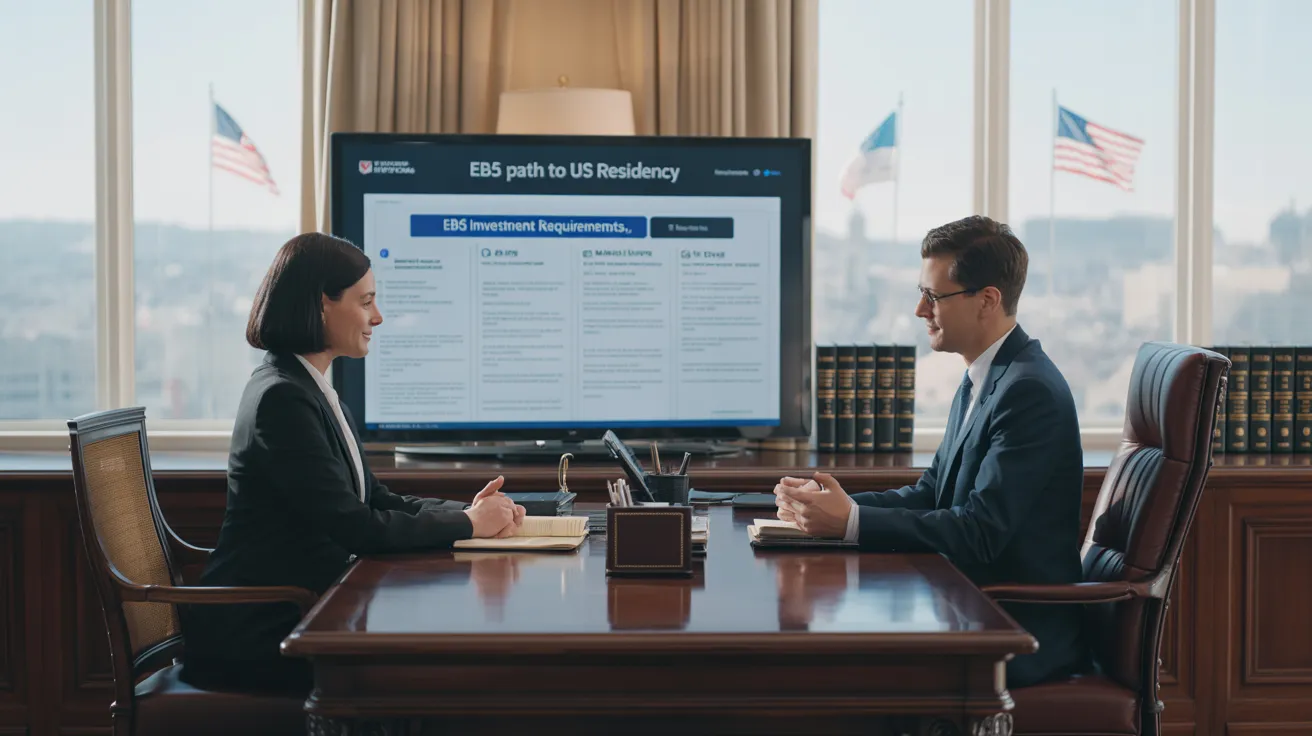The Only Guide to L1 Visa
Table of Contents5 Easy Facts About L1 Visa ShownThe smart Trick of L1 Visa That Nobody is DiscussingThe 7-Minute Rule for L1 VisaThe Facts About L1 Visa RevealedThe Greatest Guide To L1 VisaFascination About L1 Visa
Readily Available from ProQuest Dissertations & Theses Worldwide; Social Science Premium Collection. (2074816399). (PDF). Congress. (PDF). DHS Workplace of the Examiner General. (PDF). (PDF). "Nonimmigrant Visa Stats". Obtained 2023-03-26. Department of Homeland Safety Workplace of the Examiner General, "Review of Vulnerabilities and Potential Misuses of the L-1 Visa Program," "A Mainframe-Size Visa Loophole".
United State Division of State. Gotten 2023-02-08. Tamen, Joan Fleischer (August 10, 2013).
L1 Visa - Truths
In order to be qualified for the L-1 visa, the foreign company abroad where the Recipient was utilized and the U.S. business should have a qualifying partnership at the time of the transfer. The various types of qualifying relationships are: 1. Parent-Subsidiary: The Parent indicates a firm, company, or other lawful entity which has subsidiaries that it owns and regulates."Subsidiary" implies a firm, corporation, or other legal entity of which a moms and dad possesses, directly or indirectly, even more than 50% of the entity, OR has much less than 50% but has administration control of the entity.
Company A possesses 100% of the shares of Company B.Company A is the Parent and Business B is a subsidiary. There is a qualifying connection in between the 2 business and Firm B should be able to sponsor the Recipient.
Company A possesses 40% of Business B. The remaining 60% is had and regulated by Firm C, which has no relationship to Company A.Since Business A and B do not have a parent-subsidiary relationship, Business A can not sponsor the Recipient for L-1.
Firm A possesses 40% of Company B. The continuing to be 60% is owned by Firm C, which has no relationship to Company A. Nevertheless, Company A, by formal contract, controls and full handles Business B.Since Firm A has much less than 50% of Firm B yet handles and manages the firm, there is a certifying parent-subsidiary connection and Company A can sponsor the Recipient for L-1.
Examine This Report on L1 Visa
Firm B is included in the U.S.
The Buzz on L1 Visa

The L-1 visa is an employment-based visa group developed by Congress in 1970, permitting multinational business to move their supervisors, executives, or crucial personnel to their U.S. procedures. It is typically referred to as the intracompany transferee visa.

Furthermore, the beneficiary has to have operated in a managerial, exec, or specialized worker placement for one year within the three years preceding the L-1A application in the foreign business. For new office applications, foreign work has to have been in a supervisory or executive capacity if the beneficiary is concerning the USA to work as a supervisor or executive.
The Definitive Guide for L1 Visa

If provided for an U.S. firm operational for greater than one year, the initial L-1B visa is for up to three years and can be prolonged for an additional 2 years (L1 Visa). Conversely, if the united state company is newly established or has been functional for much less than one year, the preliminary L-1B visa is provided for one year, with extensions readily available in two-year increments
The L-1 visa is an employment-based visa category developed by Congress in 1970, allowing international firms to move their supervisors, executives, or key employees to their united state operations. It is commonly described as the intracompany transferee visa. There are two major kinds of L-1 visas: L-1A and L-1B. These L1 Visa guide kinds are appropriate for workers hired in different placements within a firm.
Some Known Details About L1 Visa
In addition, the beneficiary needs to have functioned in a managerial, executive, or specialized staff member placement for one year within the three years coming before the L-1A application in the foreign company. For new office applications, international employment should have remained in a supervisory or executive ability if the beneficiary is pertaining to the USA to work as a manager or exec.
for approximately 7 years to oversee the procedures of the united state affiliate as an exec or supervisor. If released for a united state company that has been operational for greater than one year, the L-1A visa is originally provided for as much as three years and can be extended in two-year increments.
If granted for an U.S. business operational for even more than one year, the first L-1B visa is for up to three years and learn more can be extended for an extra 2 years. Conversely, if the united state firm is recently established or has been functional for less than one year, the first L-1B visa is provided for one year, with expansions offered in two-year increments.